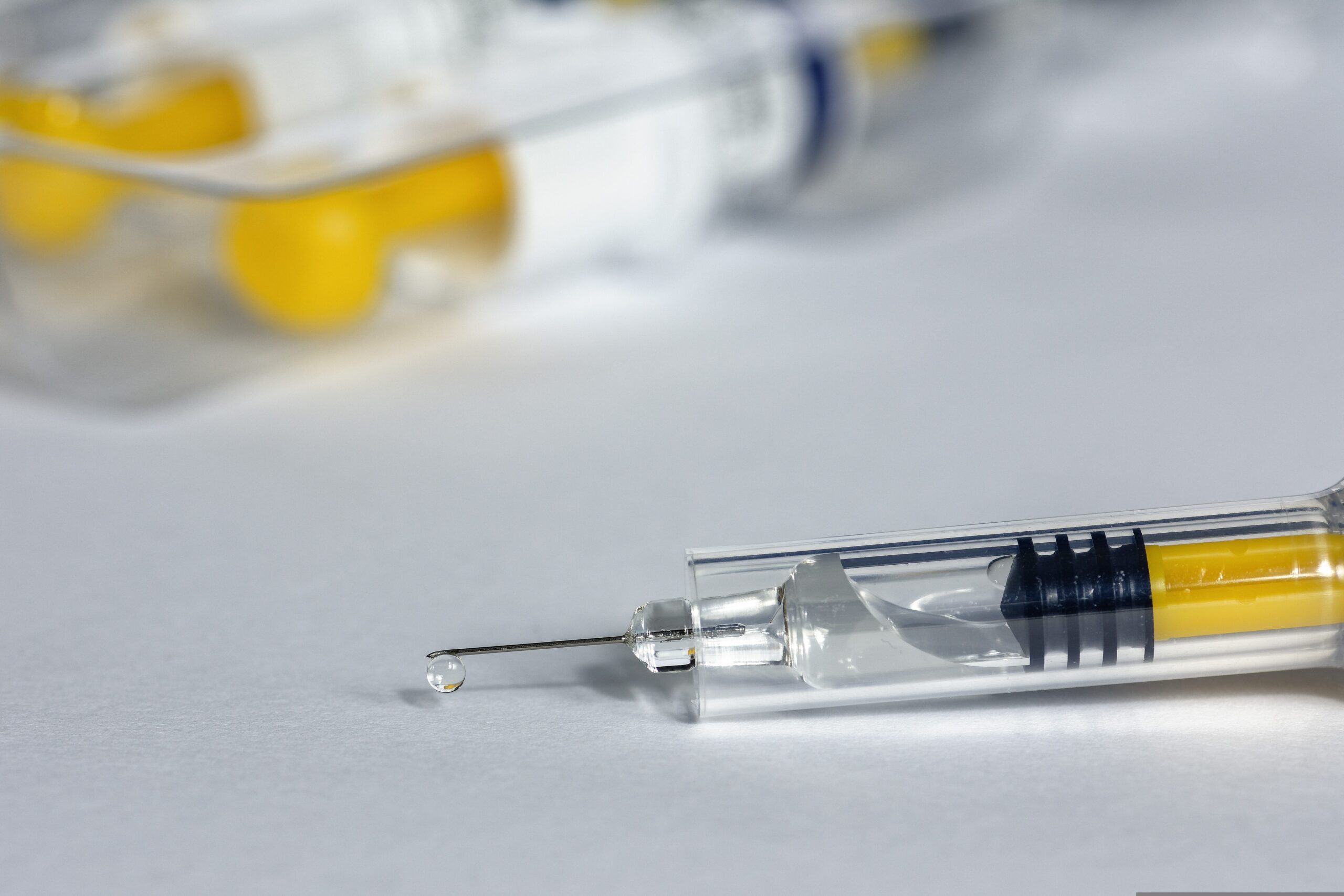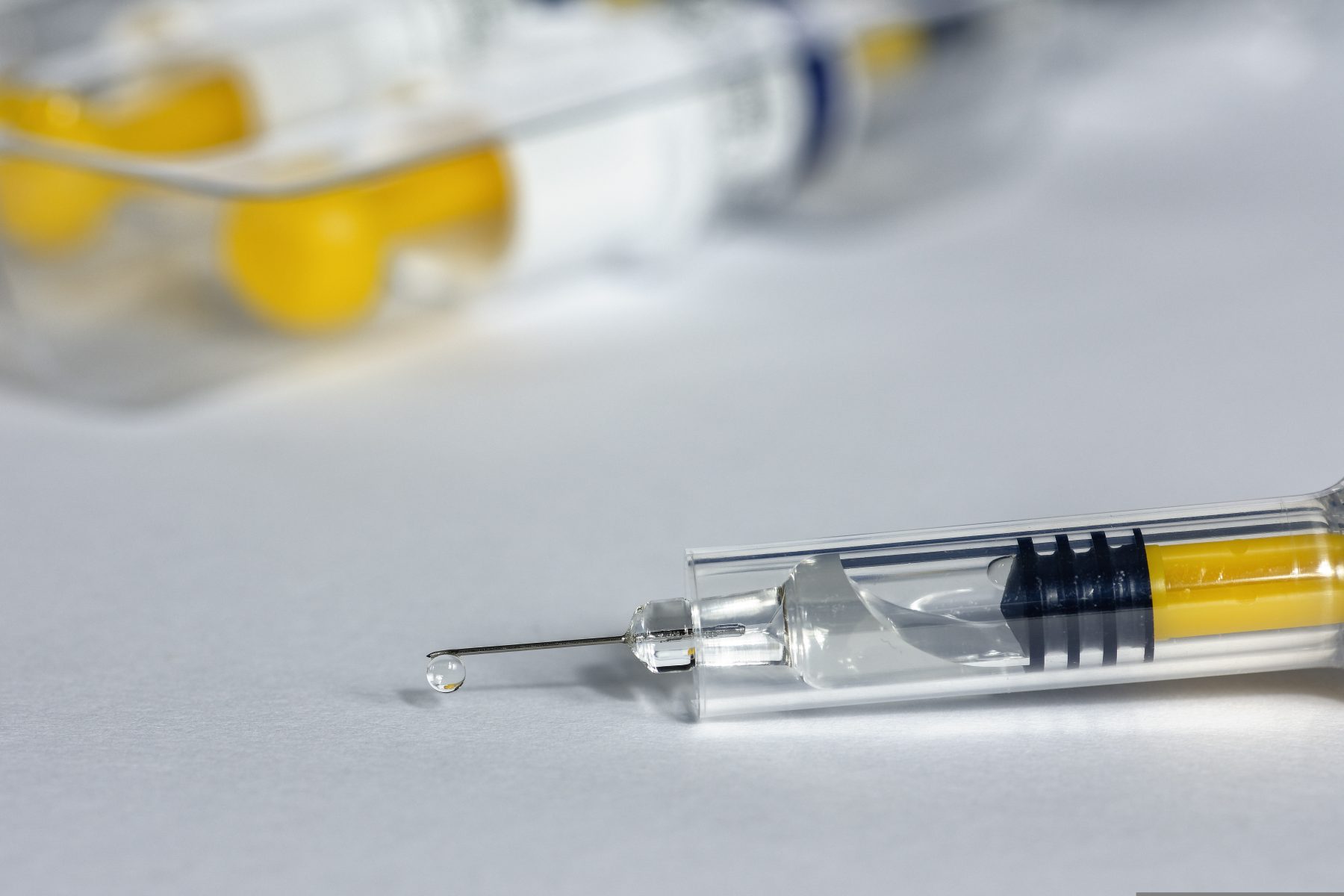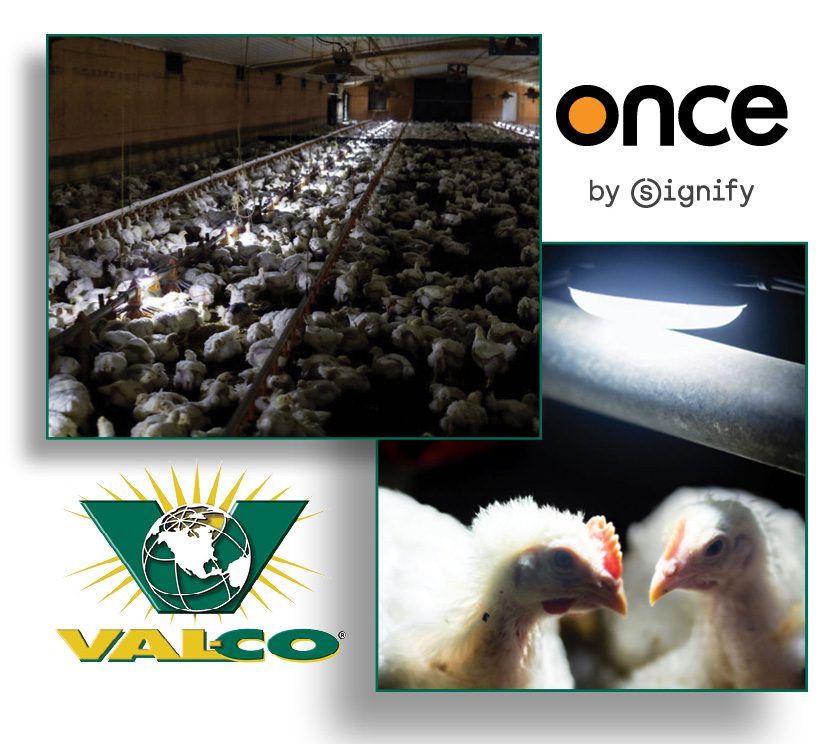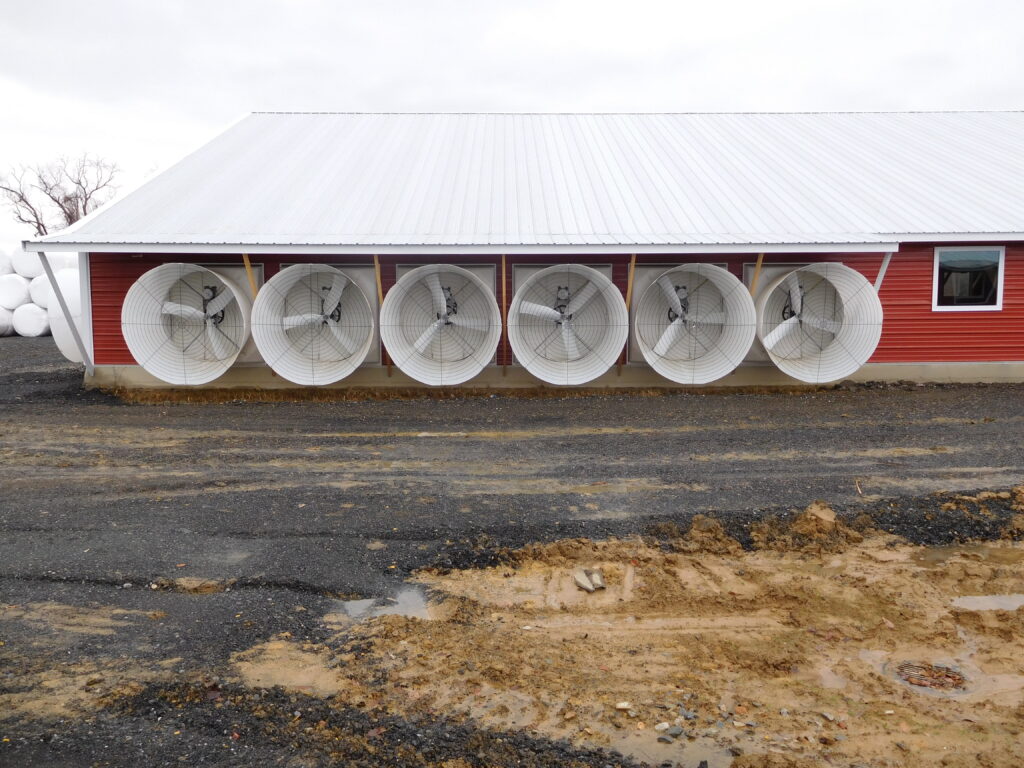 The 2022 Avian Influenza pandemic has run rampant for more than a year now. It has killed more than 58 million birds to date. It has affected egg and meat prices dramatically and it is starting to feel like there is no end in sight.
The 2022 Avian Influenza pandemic has run rampant for more than a year now. It has killed more than 58 million birds to date. It has affected egg and meat prices dramatically and it is starting to feel like there is no end in sight.
The current means of control focus on higher impact biosecurity measures such as decreasing farm traffic, implementing vehicle washing, using foot baths and a variety of other forms of disinfection.
One thing that isn’t being done: vaccination. Vaccination against H5N1 could possibly halt symp
toms and transmission, but there are still some concerns about their use. Often vaccines become less effective over time as the virus mutates. This would require ongoing vaccine development and implementation.
The primary concern in the United States is that vaccinations could hinder poultry exports to other countries and that those shipments might contain hidden infections.
Hidden infections are themselves a concern. Infected birds would be asymptomatic and remain in the food supply chain, potentially infecting other birds or even humans. This is even riskier if disinfection and biosecurity measures are not strictly maintained.
There are currently no approved vaccines in the US. A recent Dutch vaccine study looked at four AI vaccines against highly pathogenic H5N1 Avian Influenza. Two of those trialed were found to be effective. Under lab conditions, the vaccines offered protection against symptoms and prevented the spread of the disease between birds.
The USDA has started testing potential poultry vaccinations. Though none are yet authorized for public use, we should hope to hear about their potential in the coming months.




